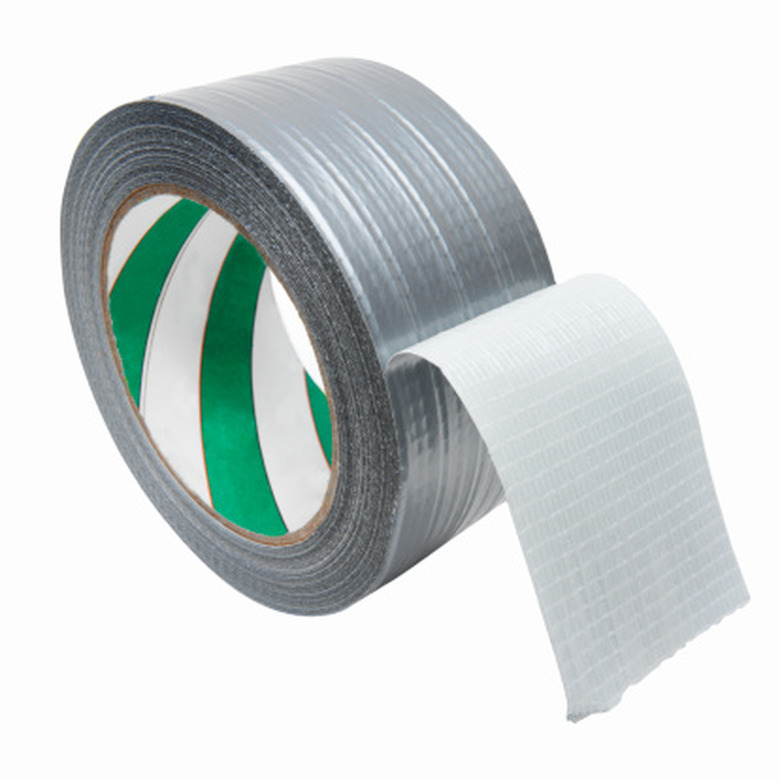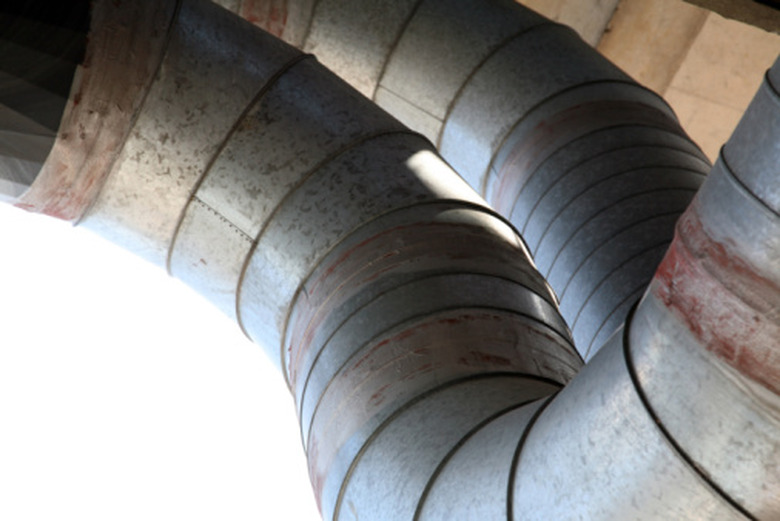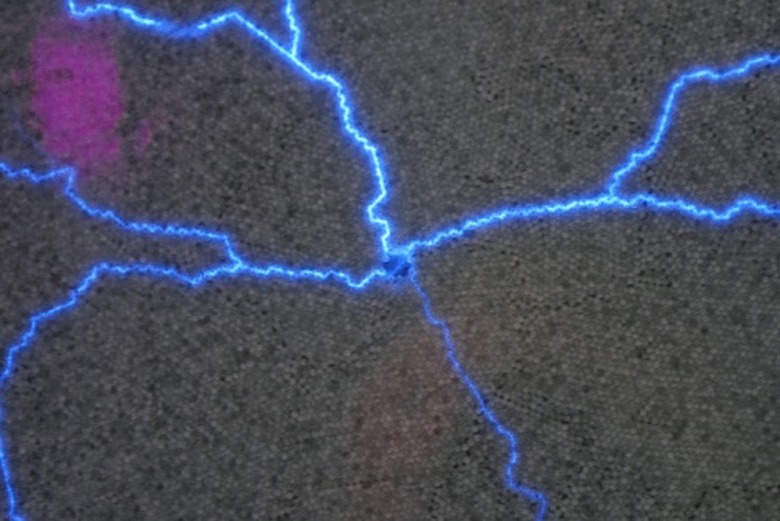Science Projects With Duct Tape
An old engineering maxim says that duct tape can solve any problem. While this saying is an exaggeration, the vast utility of this durable adhesive cannot be denied. Besides its usual application, there are some science projects that have duct tape as a key component. These range from medical studies to triboluminescence, the study of illumination given off when stressing certain materials. Duct tape science projects have even made an appearance on the Mythbusters.
The Science of Sealants
The Science of Sealants
A prominent project conducted by the Berkeley National Laboratory indicated that duct tape was actually a poor sealant of HVAC systems. Tests were run on duct tape sealed pipes which were thermally cycled between 167 and 57 degrees Fahrenheit. After three months, only one of nine samples remained sealed. The project demonstrated that duct tape becomes brittle at higher temperatures, losing its adhesive properties. Ironically enough, duct tape was not ideal for sealing ducts. Interested consumers should seek out tapes specifically made for this purpose instead.
Curing Warts with Duct Tape
Curing Warts with Duct Tape
One of the more unusual science projects involving duct tape examined its effectiveness at curing warts. A study by Focht tried using duct tape occlusion as treatment for common warts. Occlusion works by blocking pores in affected areas of the skin, keeping the wart isolated from the environment. According to Focht, 85 percent of participants reported that their warts were completely cured within two months. This made duct tape treatment both cheaper and more effective than conventional methods like cryotherapy.
Triboluminescence with Duct Tape
Triboluminescence with Duct Tape
Triboluminescence describes the small bursts of light which occur when two materials are pulled apart or rubbed together. The light is emitted when chemical bonds between the materials are broken. While triboluminescence doesn't work for all materials, it has been observed in science projects on duct tape. This phenomena can be experienced in any dark setting with two strips of duct tape. Blue flashes of light can be observed by simply sticking the pieces together and pulling them apart again. Other kinds of adhesives like Scotch tape work in a similar way.
Duct Tape in Popular Science
Duct Tape in Popular Science
Several high profile duct tape science projects were conducted by the Mythbusters to test both strength and longevity. Projects were designed to stress duct tape to its limits and beyond. In one test, a car was attached to a pole using duct tape. In another, a bridge entirely made of duct tape was erected fifty feet in the air. Because these experiments often involved serious danger, producers of duct tape have since urged consumers not to try any science projects they see on TV.
Cite This Article
MLA
Richard, Andrew. "Science Projects With Duct Tape" sciencing.com, https://www.sciencing.com/science-projects-duct-tape-8015433/. 24 April 2017.
APA
Richard, Andrew. (2017, April 24). Science Projects With Duct Tape. sciencing.com. Retrieved from https://www.sciencing.com/science-projects-duct-tape-8015433/
Chicago
Richard, Andrew. Science Projects With Duct Tape last modified August 30, 2022. https://www.sciencing.com/science-projects-duct-tape-8015433/


